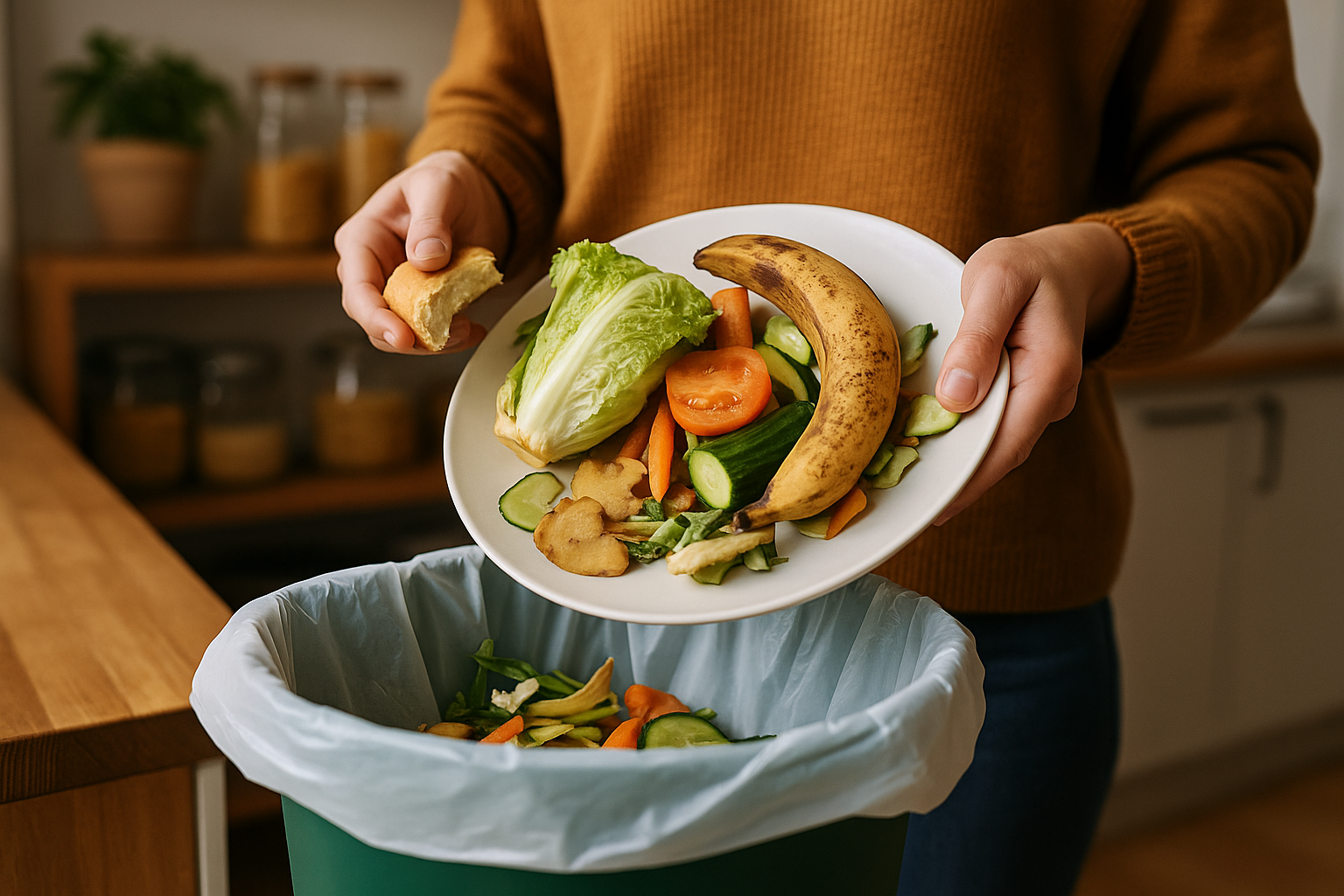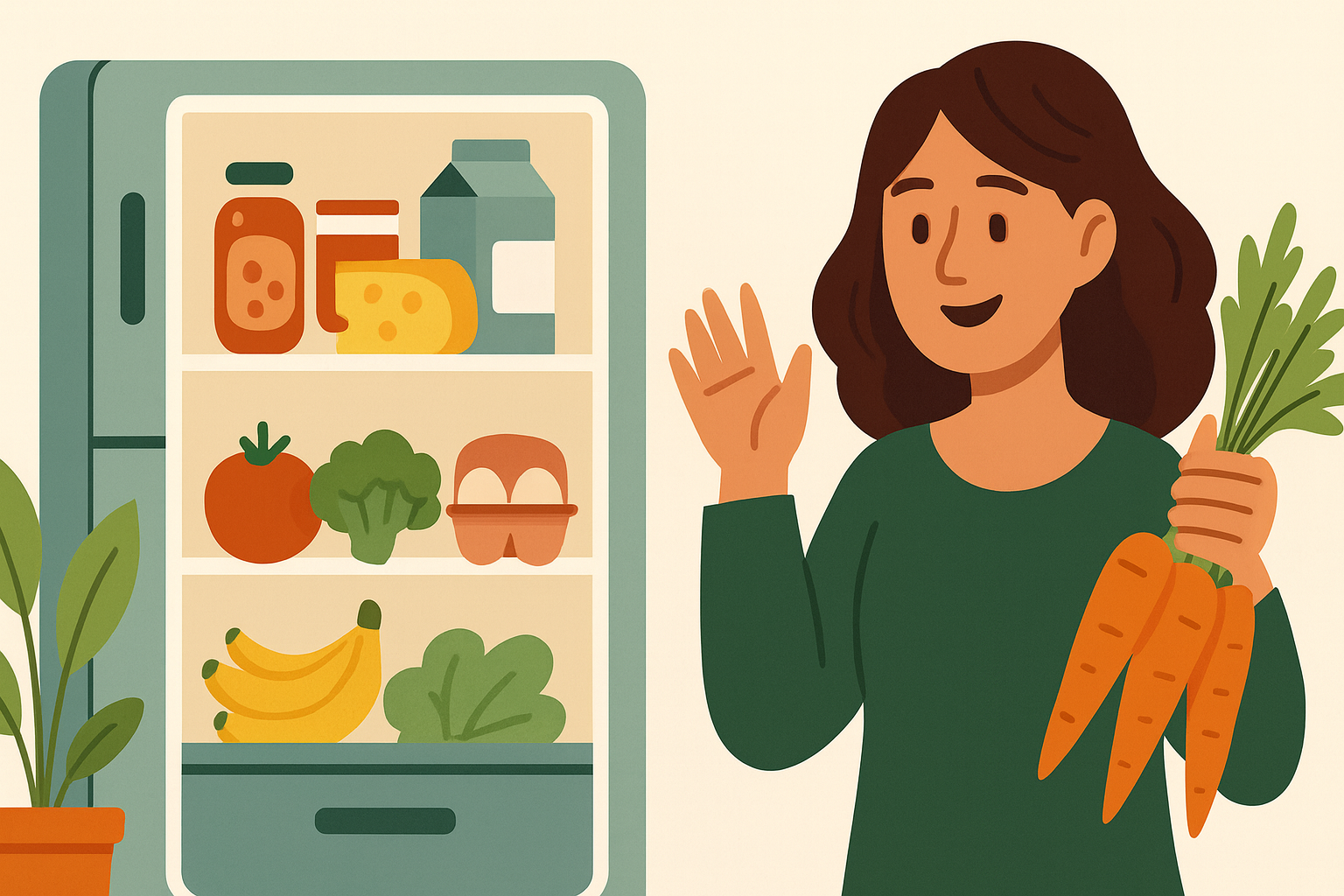Best before date vs. use-by date – everything you need to know
You'll find them on almost all food products: the best-before date (BBD) or the use-by date (UBD) . Both look similar, but mean something completely different. Knowing the difference allows you to enjoy food safely, saves money – and conserves resources.
What is the best before date (BBD)?
The best-before date is a kind of quality promise from the manufacturer. It indicates how long a product will retain its typical characteristics – taste, smell, color, consistency, and nutritional value – under optimal storage conditions. However, it is not an expiration date !
A food product is not automatically spoiled after its best-before date. It usually just means that the manufacturer only guarantees the full quality up to that point. Many products remain edible for much longer if stored correctly.
How manufacturers determine the best-before date
To determine the best-before date, manufacturers test their products under various conditions. They regularly check sensory characteristics such as taste, smell, appearance, and texture, as well as microbiological stability. A safety margin is then factored in to ensure the product remains safe even with slight deviations. As a result, the best-before date is often set before the actual point at which quality deteriorates.
Typical products with best before date marking
- Dry foods such as pasta, rice, flour, sugar or legumes
- Canned goods and jars (e.g. pickled vegetables, soups, sauces)
- Sweets such as chocolate, cookies or candies
- Frozen products and dried fruit
Even after the best-before date, these products often remain edible for a long time . For example, a whitish coating – known as fat bloom – can form on chocolate. While this looks different, it is completely harmless and only minimally affects the taste.
Legal requirements regarding the best-before date
In Germany, the labeling of the best-before date is regulated by the Food Information Regulation (LMIV) , which is based on EU Regulation (No. 1169/2011). It stipulates that packaged foods must bear a best-before date unless they fall under one of the legally defined exceptions.
Exceptions to the best-before date requirement
- Fresh fruit and vegetables
- Baked goods that are sold on the same day
- Vinegar, sugar, salt, wine or spirits
- Individual servings of ice cream
The wording on the packaging is usually: "Best before…" . Products with a shelf life of less than three months must state the day and month (e.g., best before 15.03. ), while products with a longer shelf life only need to state the month and year (e.g., best before end of 03/2026 ).
Food products may be sold even after their best-before date has passed , as long as they are still edible. However, many retailers remove them from their shelves as a precaution – even though they are often perfectly fine.
What is the use-by date (UBD)?
The use-by date is mandatory for highly perishable foods . It marks the last day on which the product can be safely consumed. After this date, consumption can pose a health risk , even if the product appears and smells normal.
On the packaging you'll find it with the phrase "Use by..." . Unlike the best-before date, this isn't about quality, but about microbiological safety – that is, ensuring that no harmful germs develop.
Typical products with a use-by date
- Fresh meat, minced meat and poultry
- Fresh fish and seafood
- Fresh dairy products such as yogurt, quark or fresh milk
- Ready-to-eat meals, salads or sandwiches
After the use-by date, such products may neither be sold nor consumed – this is prohibited by law. They may contain pathogens such as salmonella or listeria , which can be dangerous if consumed.
Legal regulations regarding the use-by date
The use-by date is also precisely regulated in the Food Information Regulation. It may only be used on products where microbiological stability is critical. This means that even small temperature deviations can render the product unsafe.
Proper storage is also crucial: Every product with a use-by date must include instructions such as "store at a maximum of 4°C" or "keep refrigerated". If the cold chain is interrupted, the shelf life is significantly reduced.
Best before date vs. expiration date – the most important differences at a glance
| aspect | Best before date (BBD) | Use-by date (VD) |
|---|---|---|
| Purpose | Quality guaranteed until this date | Guaranteed security until this date |
| formulation | "Best before …" | "Use by..." |
| After expiry | Often edible after sensory testing | Do not consume (health hazard) |
| Sale after expiry | Allowed (if harmless) | Forbidden |
| Typical products | Dry or shelf-stable foods | Meat, fish, fresh produce |
| storage | Dry and cool, mostly unchilled | Below 4 °C, cold chain necessary |
Check food products after the best before date has expired.
If the best-before date has passed, it's worth taking a closer look before throwing anything away. Many products are still perfectly fine. These three senses will help you check:
- Check: Is there any mold, discoloration, or burst packaging?
- Smell: Does the product smell normal or sour, musty, or rotten?
- Taste it: If everything looks and smells good, try a small piece – if it tastes normal, it's fine.
If you're unsure: When in doubt, it's better to dispose of it – especially with animal products.
Proper storage extends shelf life
Proper storage is the easiest way to make food last longer. Here are a few tips:
- Dry products (flour, rice, pasta): store in a cool, dark and airtight place.
- Refrigerator products: store at 4–8 °C, meat and fish at the bottom, dairy products in the middle.
- Freezer: -18°C to preserve nutrients and freshness.
- Leftovers: Allow to cool completely, store in airtight containers in the refrigerator for 3-4 days.
A constant temperature and dry environment are crucial to prevent mold, germs, and pest infestation.
Avoid food waste with SIRPLUS
Every year, millions of tons of food are thrown away in Germany – much of it simply because the best-before date has passed. Yet it's often still perfectly edible! This is precisely where SIRPLUS comes in: We rescue food that is close to or past its best-before date, carefully inspect it, and return it to circulation.
Our surprise boxes contain products with a short or past best-before date, but in perfect condition. This way you can discover new things, save money and help protect valuable resources.
Order your SIRPLUS box now from €29.99 per month and help us save food. Together we create more awareness and less waste.
Conclusion: Consciously enjoy instead of wasting.
The "best before" date is not an expiration date – it indicates how long a product retains its quality. The "use by" date, on the other hand, marks the safety limit: after this date, you should no longer eat highly perishable products.
By learning to interpret both pieces of information correctly, you can use many foods for longer, save money, and actively combat food waste. 💚



